Do it yourself - DIY
 en en
|
 fr fr
|
Do it yourself - DIY |
|
Matter:The matter used is low density polyethylene (LDPE) or high density (HDPE). Systematically, choose low-end garbage bags, which are thinner and therefore lighter. |
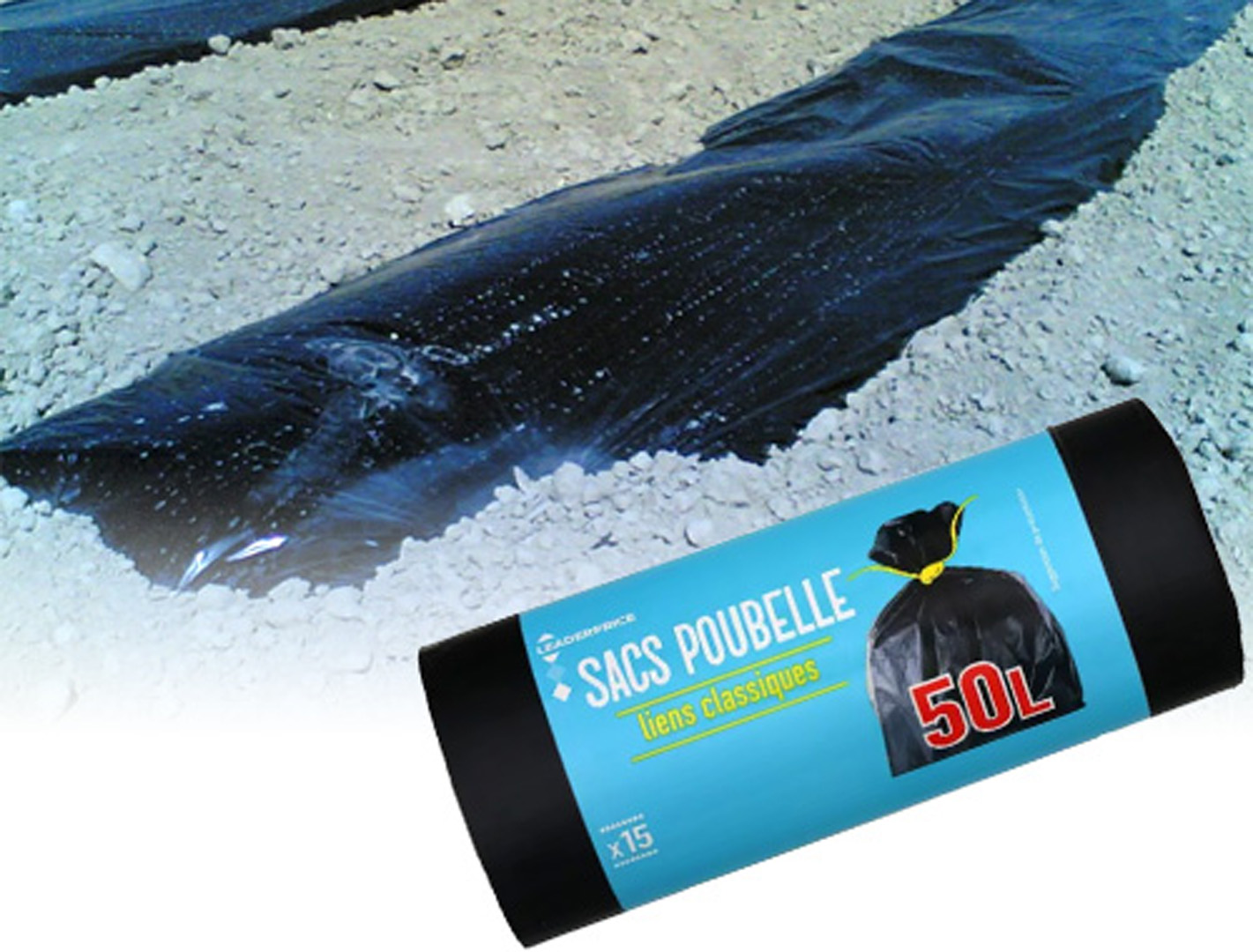
|
To weight:Weight is the enemy of anything that flies. I recommend that you bring a scale with an accuracy of 0.1g. By weighing 1m² of matter and multiplying by the area indicated, you will know if your balloon can fly. |
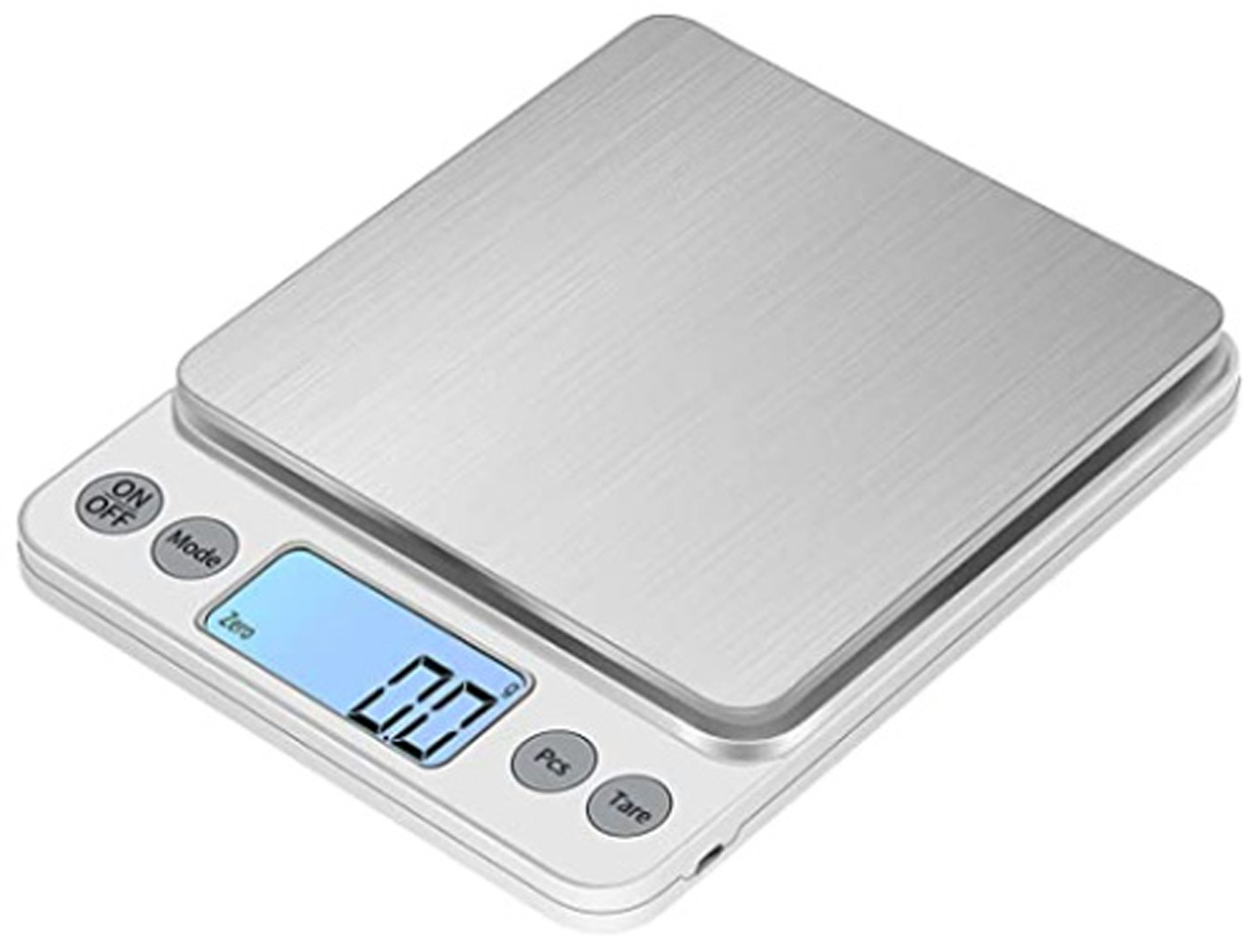
|
Thermo-welding:It is the action which consists in connecting two sheets of poyethylene between them, using a soldering iron. For a solar tank from 0m³ to 6m³, the welds do not require reinforcement. Beyond that, reinforcement by adhesive is recommended. |
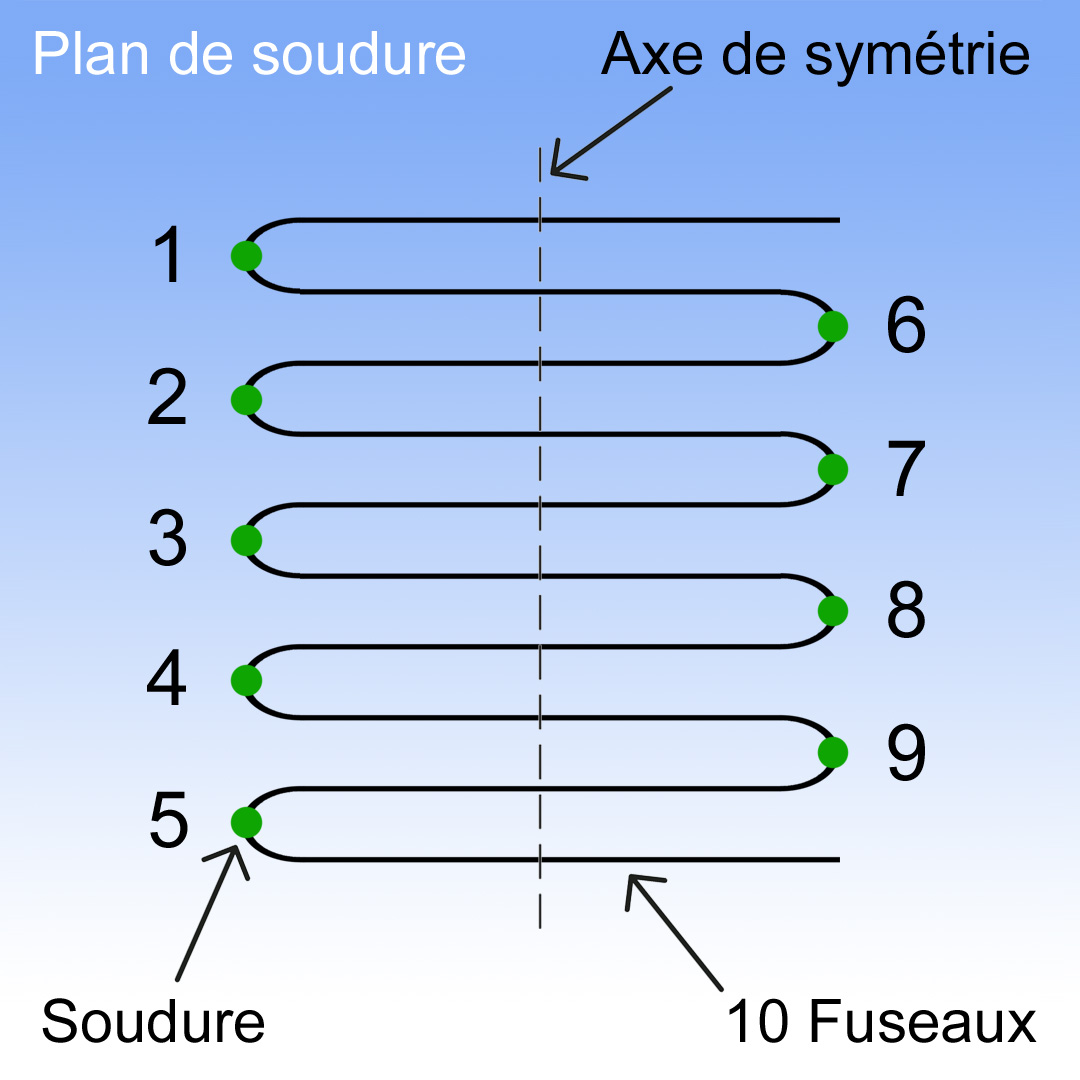
|
Adhesive:They are used to reinforce welds, but also as anchor points, etc. From 6m³ to 20m³, adhesive tape, width: 19mm. From 20m³ to +, adhesive tape, width: 50mm. Fiberglass reinforced adhesive tape, width: 50 mm. |
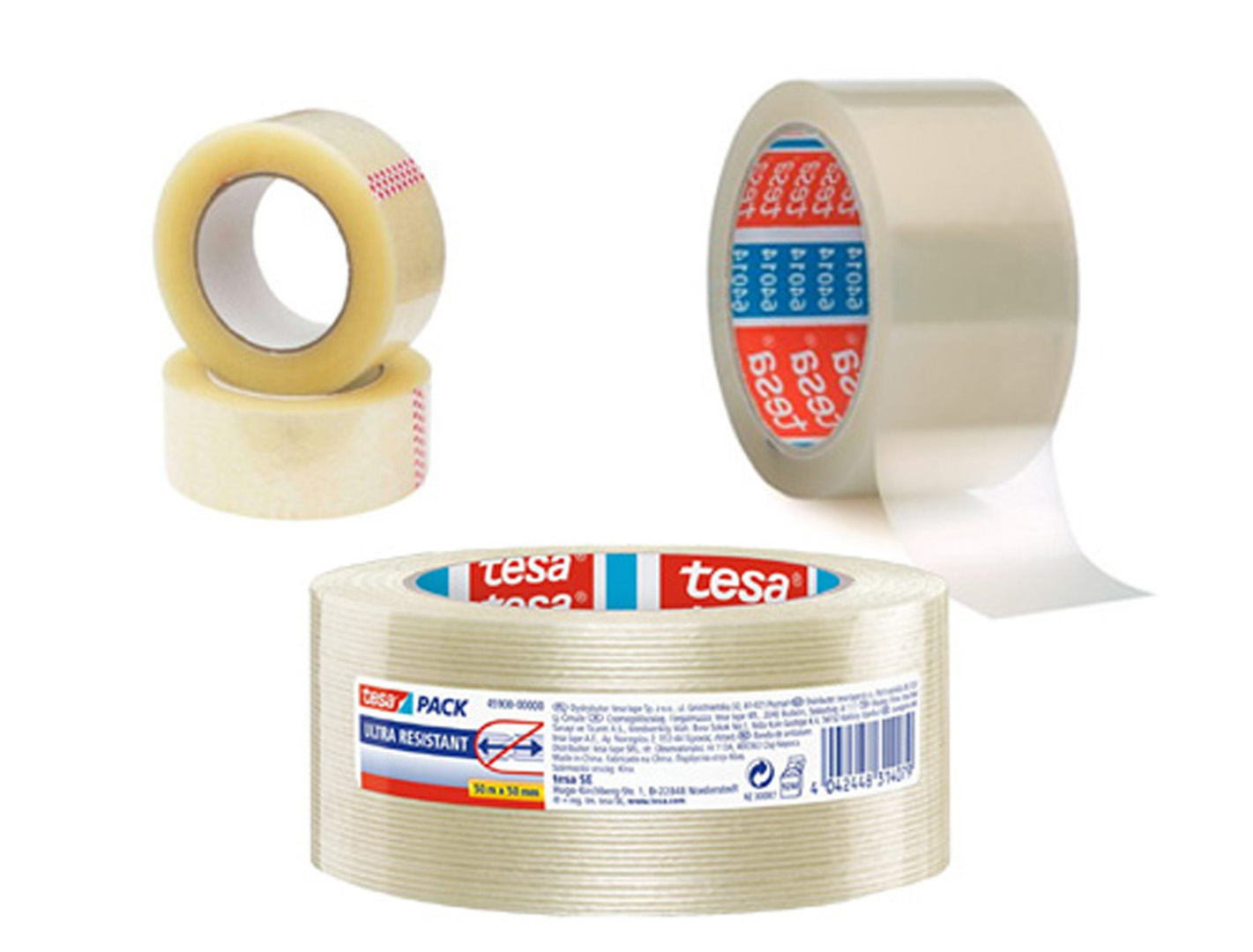
|
Wind:The other enemy is the wind. The pressure in a captive solar balloon is insufficient to counter a wind ≥ 3km/h for the smallest and ≥ 10Km/h for the largest. I use the Windguru website or app for wind forecasts. Free version. |
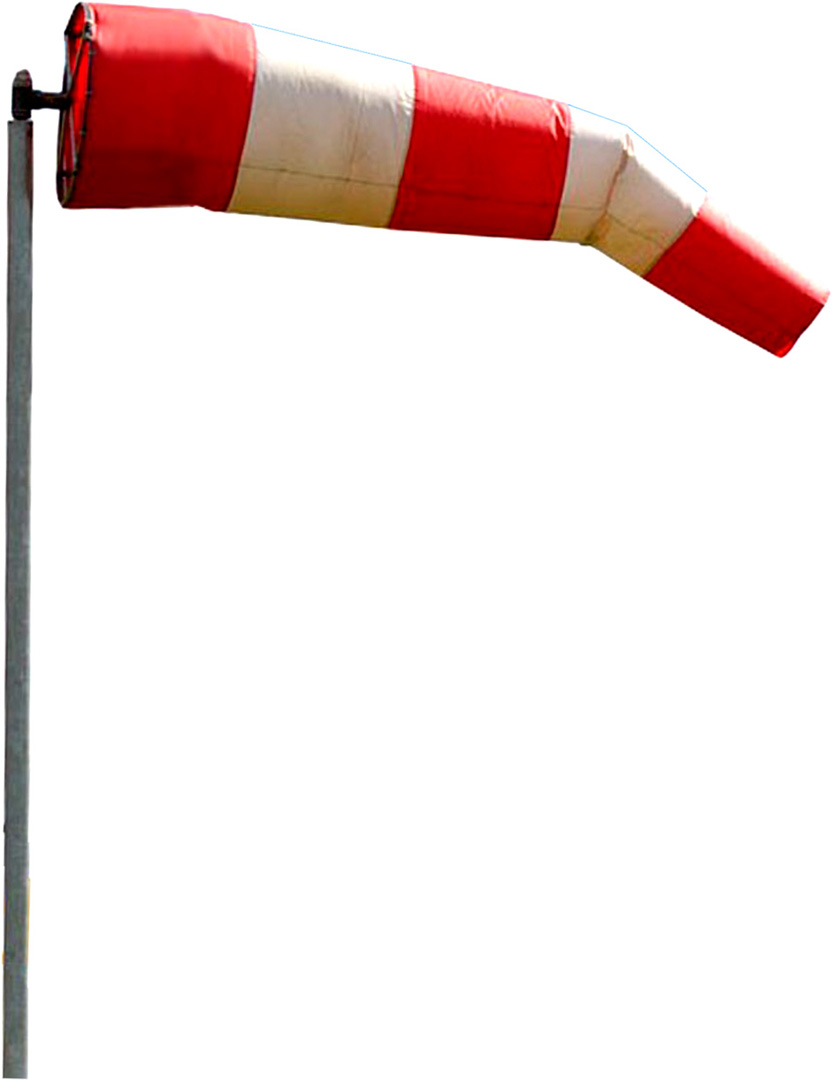
|
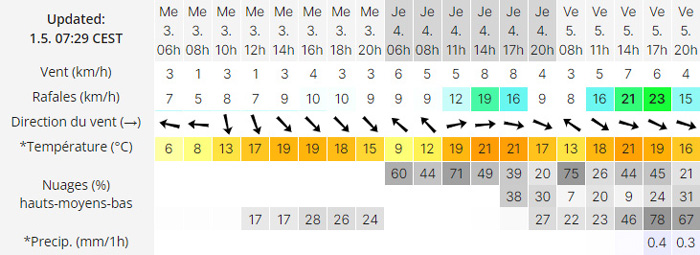
Your designs:You can extrapolate the dimensions provided in the plans or consult me. Free quote. |

|